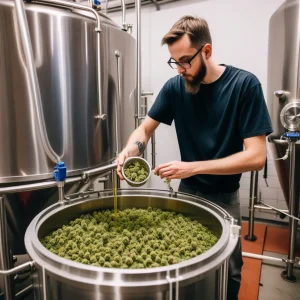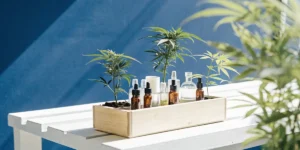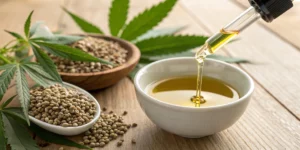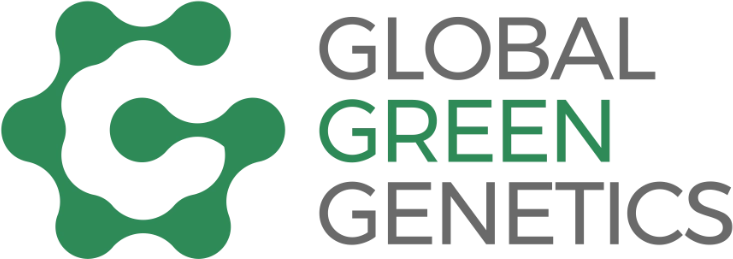What is DLI and Why is it Important for Cannabis?
Definition of DLI (Daily Light Integral)
DLI, or Daily Light Integral, measures the total amount of light your cannabis plants receive in a day. It accounts for both the intensity of the light and the duration of exposure. Unlike standard lighting terms, DLI focuses on the cumulative light over a 24-hour period, expressed in moles of light per square meter per day (mol/m²/day).
For cannabis growers, DLI is a game-changer. It provides a precise way to quantify light exposure and ensures your plants receive the right amount of light for healthy growth. This metric is essential for tailoring your grow setup to meet the specific needs of cannabis plants.
How DLI Impacts Cannabis Growth
Cannabis plants rely on photosynthesis to convert light into energy. DLI directly influences this process, determining how much energy the plant can produce throughout the day. Insufficient DLI can stunt growth, while excessive light can cause stress and damage.
By optimizing DLI for cannabis, you ensure your plants receive enough light to produce dense buds and high cannabinoid levels. It also helps maintain consistent growth patterns, especially during critical stages like flowering.
Benefits of Optimizing DLI for Cannabis
Optimizing DLI enhances plant health, yield, and quality. When you provide the right amount of light, your cannabis plants grow faster and produce more potent flowers. Additionally, it minimizes energy waste in indoor grows, saving you money while maximizing results.
For outdoor growers, understanding DLI helps you plan your planting schedule and adjust shading techniques. Whether indoors or outdoors, DLI for cannabis is a powerful tool for achieving consistent, high-quality harvests.
Understanding DLI in Cannabis Cultivation
Measuring DLI in Indoor and Outdoor Grows
Indoor grows require precise light management, making DLI an essential metric. Use a PAR meter to measure Photosynthetically Active Radiation (PAR), then calculate DLI by multiplying the light intensity by the duration of exposure.
Outdoor growers can estimate DLI based on sunlight availability. Regions with longer daylight hours and clear skies naturally provide higher DLI, but adjustments like shading or supplemental lighting can balance levels. Accurate measurement ensures your cannabis plants thrive in any environment.
The Relationship Between DLI and Photosynthesis
DLI directly impacts photosynthesis by providing the energy plants need to produce carbohydrates. Too little light limits energy production, while too much can overwhelm the plant, reducing efficiency.
Balancing DLI for cannabis ensures your plants perform photosynthesis at an optimal rate. This balance leads to healthier growth, better resistance to stress, and higher-quality yields.
Ideal DLI Levels for Cannabis Plants
Cannabis plants thrive at specific DLI levels depending on their growth stage. Seedlings require a lower DLI of around 10-15 mol/m²/day, while vegetative plants perform best at 20-30 mol/m²/day. During flowering, aim for 25-45 mol/m²/day to maximize bud development and resin production.
Adjusting DLI to meet these levels ensures your plants receive the ideal light exposure at every stage, resulting in a more productive grow cycle.
How to Calculate and Adjust DLI for Cannabis
Tools for Measuring DLI
Measuring DLI accurately requires specific tools. A PAR meter is essential for measuring the intensity of light in micromoles per square meter per second (µmol/m²/s). Many modern PAR meters also calculate DLI directly, simplifying the process for growers.
For growers without automated tools, you can calculate DLI manually. Multiply the average PAR reading by the number of seconds in the light period, then divide by 1,000,000 to convert to moles. This method provides a clear understanding of light exposure in your grow space.
Adjusting Light Intensity and Duration
Indoor growers have complete control over light intensity and duration, making DLI adjustments straightforward. If your DLI is too low, increase the intensity of your grow lights or extend the photoperiod. Conversely, reduce light intensity or duration if your plants show signs of light stress.
For outdoor growers, adjusting DLI involves strategic use of shading or supplemental lighting. During seasons with low natural light, adding grow lights can compensate and maintain consistent DLI levels.
Using DLI to Maximize Yield and Quality
Optimizing DLI ensures cannabis plants receive the exact amount of light needed for robust growth. This leads to larger buds, higher cannabinoid content, and improved terpene profiles.
Tracking and adjusting DLI regularly allows you to identify and address light-related issues early, preventing stunted growth or poor yields. DLI for cannabis is a cornerstone of successful cultivation, whether indoors or outdoors.
DLI Requirements for Different Growth Stages
DLI for Seedlings and Vegetative Growth
Seedlings are delicate and require lower DLI levels to prevent stress. Aim for 10-15 mol/m²/day during this stage. Low-intensity light promotes healthy root development and gradual acclimatization to brighter conditions.
During vegetative growth, increase DLI to 20-30 mol/m²/day. This range encourages vigorous leaf and stem growth, providing a strong foundation for flowering. Adjust light schedules and intensity gradually to avoid shocking your plants.
Flowering Stage DLI Levels
Flowering plants demand higher DLI levels, typically 25-45 mol/m²/day. This increased light exposure supports dense bud development and maximizes resin production. Monitor your plants closely during this stage to ensure they can handle the higher light intensity.
Maintaining consistent DLI during flowering improves cannabinoid potency and terpene profiles, resulting in a superior harvest.
Adjusting DLI for Different Cannabis Strains
Not all strains respond to the same DLI levels. Sativa-dominant strains generally tolerate higher DLI, while indica-dominant strains prefer moderate levels. Autoflowering strains often require lower DLI due to their shorter growth cycle.
Understanding the specific needs of your chosen strain ensures you tailor DLI levels effectively. This customization enhances growth and yield potential for each plant.
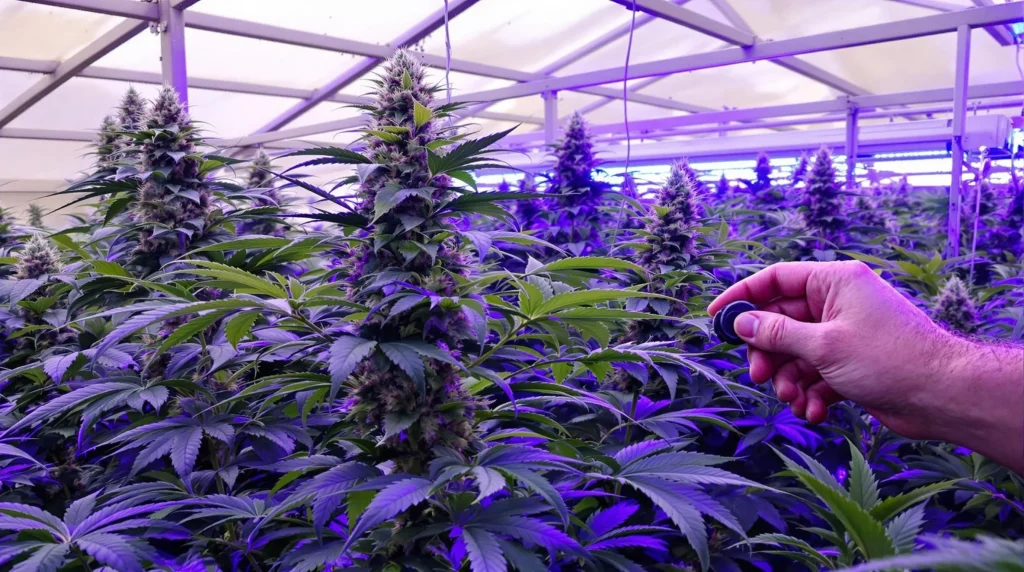
Advantages of Monitoring DLI in Cannabis Cultivation
Enhancing Photosynthetic Efficiency
DLI plays a critical role in optimizing photosynthesis. By providing the right amount of light energy, you enable cannabis plants to convert more light into usable energy. This efficiency translates to faster growth, stronger stems, and healthier foliage.
Tracking DLI ensures your plants never fall short on light or receive excessive exposure. For cannabis growers aiming to maximize results, maintaining the ideal DLI at every stage of growth is essential.
Reducing Energy Costs in Indoor Grows
For indoor growers, energy efficiency is a major concern. By monitoring and optimizing DLI, you can use light more effectively, avoiding unnecessary energy consumption. Instead of increasing light intensity indiscriminately, you can fine-tune your setup to deliver exactly what your plants need.
This approach not only lowers your electricity bills but also minimizes the environmental impact of your grow operation. DLI for cannabis offers a win-win solution for both your plants and your wallet.
Preventing Light Stress and Damage
Light stress occurs when plants receive too much light, leading to symptoms like bleaching, leaf curling, or stunted growth. Monitoring DLI helps you detect and prevent overexposure before it harms your plants.
By staying within the recommended DLI range for each growth stage, you create a stable environment where cannabis plants can thrive without the risk of light-related issues.
Challenges of Optimizing DLI for Cannabis
Overexposure to Light and Its Effects
Exceeding the ideal DLI range can harm your cannabis plants. Excessive light causes photoinhibition, a condition where photosynthesis slows down or stops altogether. This stress can reduce yields and impact plant health.
Monitor your plants for signs of light stress, such as pale or discolored leaves, and adjust DLI accordingly. Using a PAR meter regularly ensures you stay within safe limits.
Balancing DLI in Greenhouse Environments
Greenhouses offer a mix of natural and artificial light, making DLI management more complex. During sunny days, DLI can spike, potentially stressing your plants. On cloudy days, it may drop below the required levels.
Supplemental lighting and shading systems help maintain consistent DLI in greenhouses. Automation tools can further streamline adjustments, ensuring your cannabis plants always receive optimal light exposure.
Addressing DLI Variations in Outdoor Grows
Outdoor growers face challenges in controlling DLI due to changing weather and seasonal shifts. Cloud cover, shorter days, and inconsistent light intensity can all affect DLI levels.
To manage these variations, consider planting cannabis strains adapted to your region’s light conditions. You can also use reflective surfaces to maximize available light or add temporary shading during intense sunlight.
Why DLI is a Game-Changer for Cannabis Growers
Maximizing Yield with Optimal Lighting
DLI allows cannabis growers to provide plants with the precise amount of light needed for robust growth. When you maintain ideal DLI levels, you maximize photosynthetic efficiency, leading to increased flower density, potency, and resin production.
By using tools like PAR meters and automated lighting systems, you can ensure your cannabis plants consistently receive the best possible lighting conditions, ultimately boosting your harvest’s yield and quality.
Tailoring Light Schedules for Better Growth
DLI helps you customize light schedules to match the unique requirements of your cannabis strains. Sativa-dominant plants may thrive under longer photoperiods with higher DLI, while indica strains often prefer shorter photoperiods with moderate DLI levels.
This level of customization allows you to cater to each plant’s needs, ensuring every strain in your grow room reaches its full potential. DLI for cannabis provides a practical framework for adapting your lighting strategy with precision.
Improving Overall Plant Health and Efficiency
Beyond yield, monitoring and optimizing DLI improves the overall health of your cannabis plants. Proper light exposure strengthens plant structure, enhances resistance to stress, and supports vigorous root development.
Healthy plants are more resilient to pests, diseases, and environmental challenges, reducing the need for costly interventions. By prioritizing DLI management, you create a thriving environment that promotes long-term success.
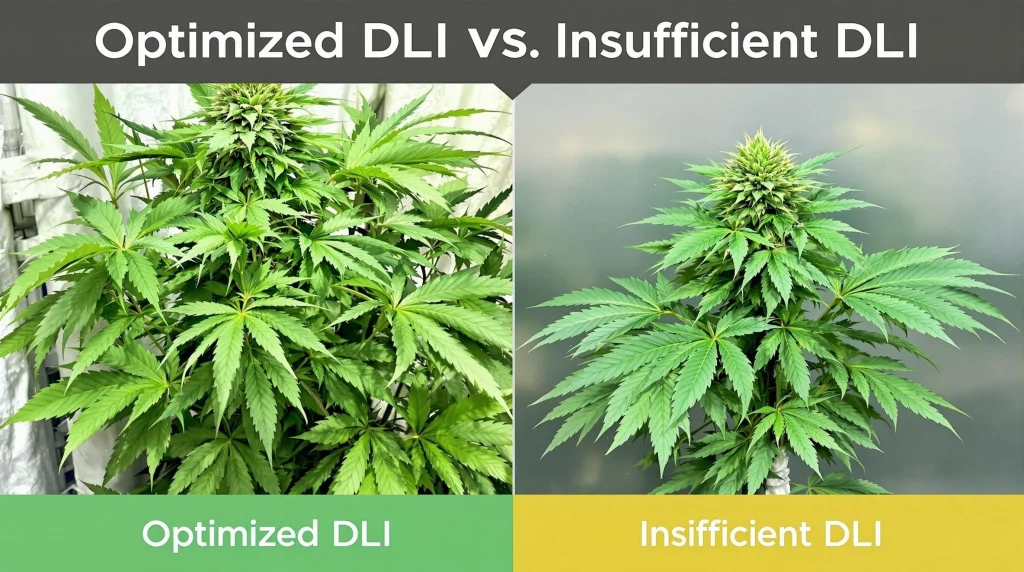
FAQs About DLI for Cannabis
How Does DLI Differ from PPFD?
DLI measures the total light a plant receives over a 24-hour period, expressed in moles per square meter per day (mol/m²/day). PPFD (Photosynthetic Photon Flux Density) measures the instantaneous light intensity at a given moment, expressed in micromoles per square meter per second (µmol/m²/s).
While PPFD provides a snapshot of light intensity, DLI captures the cumulative effect of light over time, making it more useful for managing light exposure in cannabis cultivation.
Can DLI Be Too High for Cannabis Plants?
Yes, excessive DLI can stress cannabis plants, leading to symptoms such as bleaching, leaf burn, and reduced growth. Each stage of growth has a recommended DLI range, and exceeding these levels can cause photoinhibition.
Monitor your plants closely and adjust light intensity or duration if you notice signs of stress. Staying within the appropriate DLI range ensures healthy growth without risking damage.
What is the Easiest Way to Monitor DLI?
The easiest way to monitor DLI is by using a PAR meter with built-in DLI calculation capabilities. These devices automatically measure light intensity and calculate daily light exposure, simplifying the process for growers.
For growers without advanced tools, manual calculations using average PAR readings and light durations are an alternative. Whichever method you choose, regularly tracking DLI ensures your cannabis plants receive optimal light exposure.


